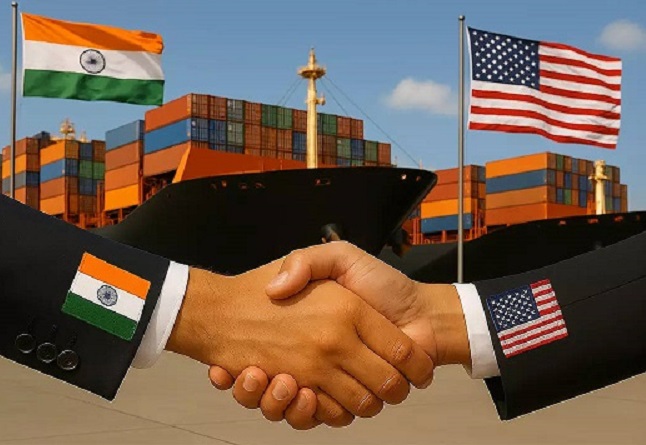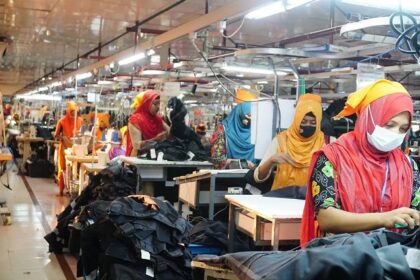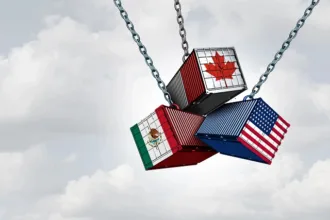In a bold move that escalates US-India trade tensions, former US President Donald Trump announced a 25% tariff on Indian imports, coupled with an unspecified penalty, effective August 1. The declaration was made via his Truth Social account on Wednesday, accusing India of maintaining “the most strenuous and obnoxious non-monetary trade barriers” and having “among the highest tariffs in the world.”
Trump’s post lashed out at New Delhi’s long-standing defense relationship with Russia and its energy dependence on Moscow, despite the ongoing war in Ukraine. “ALL THINGS NOT GOOD!” he wrote. “INDIA WILL THEREFORE BE PAYING A TARIFF OF 25%, PLUS A PENALTY FOR THE ABOVE.”
This follows Trump’s broader foreign policy stance threatening “secondary tariffs” on countries that continue energy dealings with Russia. He has also been pressuring US allies and trade partners to increase purchases of American energy and military hardware.
India Reacts Cautiously
India’s government issued a measured response, saying it had “taken note” of the announcement and is “studying its implications.” A statement from New Delhi emphasized India’s commitment to a “fair, balanced, and mutually beneficial bilateral trade agreement,” while underscoring the protection of local farmers, MSMEs, and entrepreneurs as a top priority.
“The government will take all steps necessary to secure our national interest,” the statement added.
Tariff Impact Looms Over Apple & Other US Companies
The 25% tariff could have significant implications for American businesses sourcing from India. Apple, for instance, had plans to shift production of over 60 million iPhones annually to India by end-2025. According to Canalys, India’s share of US smartphone imports surged to 44% in Q2 2025, up from just 13% a year earlier.
“Trump’s new tariff rate nearly mirrors the 26% duty he had imposed during his previous administration,” said Dhiraj Nim, economist at ANZ. “India’s regional peers have managed more favorable terms in recent deals.”
Also Read: Trump Hits Indian Goods With 50% Tariff, Citing Russian Oil Imports
Trade Talks in Limbo
Despite Trump recently claiming that a trade deal was “very close,” talks between US and Indian negotiators appear stalled. Indian Commerce Minister Piyush Goyal said over the weekend that discussions were at an “advanced stage” but stressed that India “would not work under pressure.” US trade representatives are scheduled to visit New Delhi in mid-August.
India had earlier offered significant import tariff cuts on a range of American goods, but sought to retain high duties on agricultural imports—such as the 70–80% tariff on US rice. At the same time, New Delhi had pushed the US to lower tariffs on labor-intensive Indian exports like textiles, jewelry, leather, and handicrafts.
India also doubled oil imports from the US this year while slashing purchases from Russia and the Middle East—moves widely seen as gestures to appease Washington.
In Summery
Trump’s aggressive new tariff regime against India marks a major turn in US-India relations, injecting uncertainty into a fragile trade negotiation process. With geopolitical stakes high and economic pressures mounting, both nations face a critical crossroad in determining the future of their bilateral ties.











